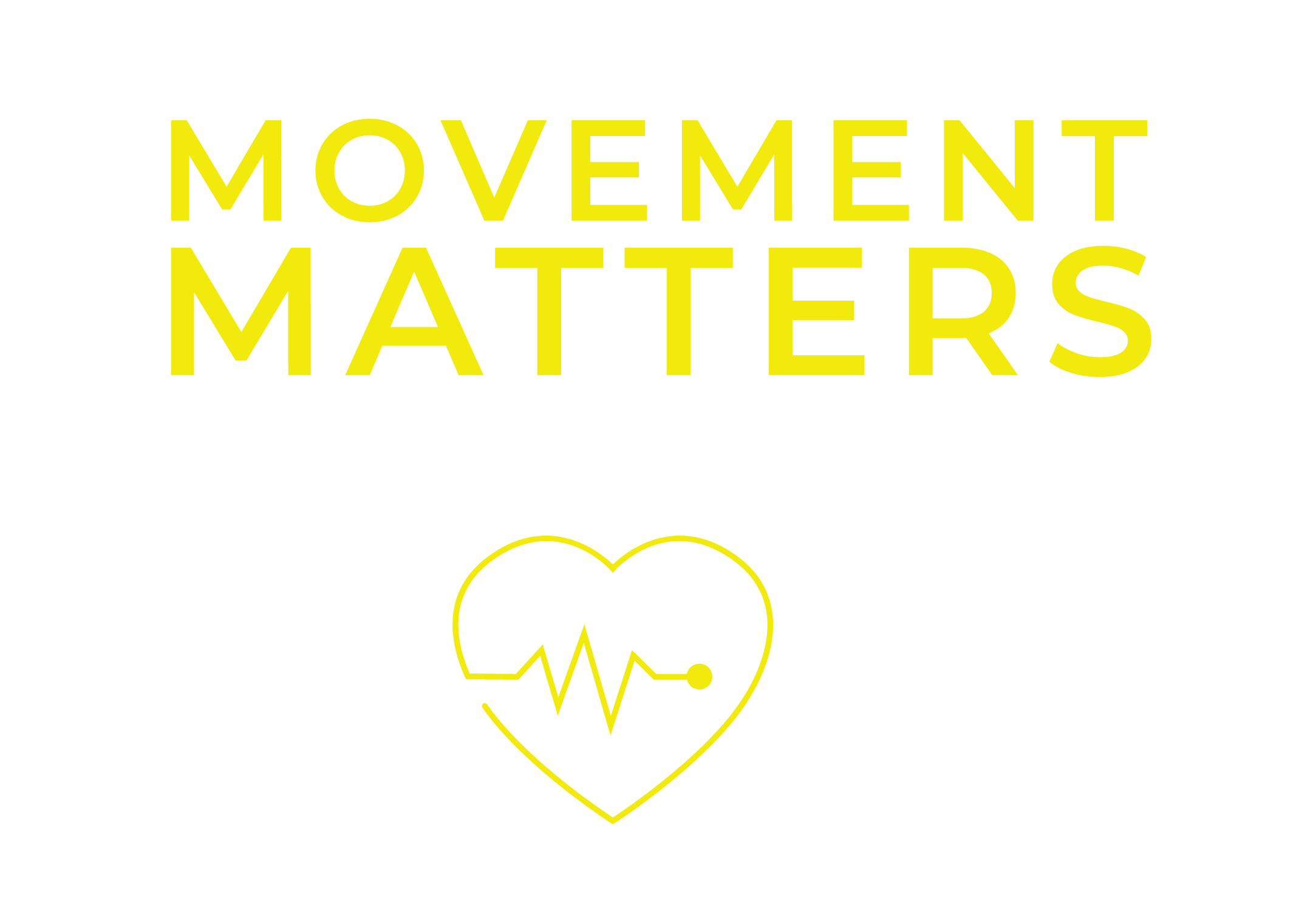Your hips and knees are common areas of discomfort in the body. This pain can become worse as people age, due to the body’s natural “wear and tear” of cartilage. Hip and knee pain can also be caused by injury, overuse, or deeper underlying conditions (such as arthritis). In some severe cases, surgery may be unavoidable, but pain therapy has been known to effectively treat hip and knee pain. In many cases, it may even eliminate the need for pain-management drugs or surgical intervention altogether. To learn more about how our services can help relieve our hip and knee pain, contact our office today!
Diagnosing hip and knee pain:
At your initial appointment, a pain therapist will conduct a thorough physical evaluation to diagnose the root cause of your hip and/or knee pain. This is done to determine where exactly the pain is stemming from because it does not always originate in the area experiencing pain. For example, sometimes pain can be stemming from the hips but can be felt in the lower back, buttocks, groin, or the front/side of the hips. Additionally, pain stemming from the knees can be felt on the front or back of the knee joint. It can also be felt on the inside of the knee if a trauma occurred, or the outside of the knee if you are experiencing iliotibial band stress.
The majority of hip pain cases are reported as “constant, dull aches” that persist despite a patient’s best efforts. Knee pain, however, is a bit different. It is often assessed as one of several different types of pain:
- Acute pain. This is the most intense type of knee pain. Acute pain typically occurs after an injury and should last for approximately a week before fading. Rest and isolation of the affected area are the primary treatments for acute pain, since your body is working hard to heal it.
- Subacute pain. This type of pain lasts a bit longer than acute pain. Subacute pain also occurs after an injury but lingers for approximately two to six weeks. The affected area will still be painful, but it will not be nearly as severe as the acute pain of the first week. The treatment for subacute knee pain generally consists of gentle motions aimed at facilitating the healing process and increasing your range of motion.
- Chronic pain. This is the most persistent type of pain. Chronic pain can be defined as any pain that lasts longer than two or three months. If your pain has lasted that long, you should consult with your primary physician. He or she will most likely suggest performing another full physical exam and will likely recommend x-rays to see determine the reason behind your chronic pain.
Treating hip and knee pain:
As part of your evaluation process, your pain therapist will administer a series of tests that can be used to analyze both hip and knee pain. These include:
- Checking your strength. Testing the strength of your hip or knee is an important part of the evaluation process. It will give your physical therapist a better idea on whether your pain is due to an injury or a physical imbalance.
- Checking your range of motion. Assessing the range of motion in your affected hip or knee is also important in designing an effective treatment plan. Your physical therapist will see how far you can bend your hip or knee in order to determine the severity of the trauma it sustained. This will help give your physical therapist a better insight on what your course of treatment should be.
- Gait analysis. Your physical therapist will assess how you walk to determine if anything is out of the ordinary with your gait.
- Palpation. Your physical therapist will provide gentle palpation to the hip or knee to figure out where the pain is originating.
Your physical therapist will likely also check your balance and address any inflammation that may be occurring within your affected joint(s). Your initial evaluation is usually fairly lengthy, but it provides a great amount of information that your treatment is dependent upon. The results of your evaluation will help your physical therapist design the best possible treatment plan for your specific needs.
Treatment plans consist of exercises aimed at strengthening the muscular structures around the hip and/or knee that is bothering you. Additional methods or modalities may also be added into your treatment plan as your physical therapist deems fit. Your physical therapist will be by your side to monitor your progress and make sure you are on track to reaching your end goal. Additionally, your physical therapist will be there with you every step along the way to support and encourage your achievements!
If you are ready to walk away from the hip or knee pain that’s bothering you, contact us today. We’ll get you started on the path toward pain relief, comfort, and improved function!
Sources:
https://www.health.harvard.edu/healthbeat/exercise-for-stronger-knees-and-hips
Tags: Exercise, Fitness, Gait Analysis, Health, Hip Pain Relief, Knee Pain Relief, Pain Free, Pain Relief, Physical therapist, Physical therapy, Treatment Plan





